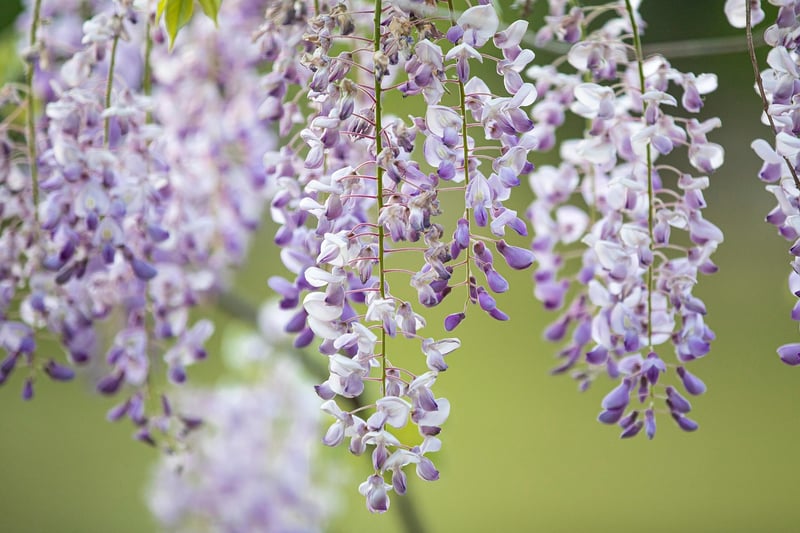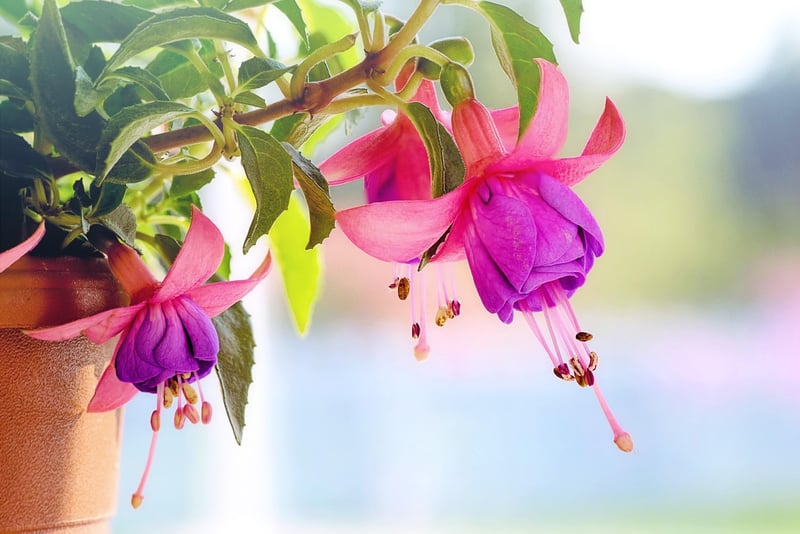Hanging Gardens
Creating Your Vertical Garden: Tips and Ideas
Vertical gardens are a great way to add greenery and life to any space, whether you have a small balcony, a large backyard, or even just a wall inside your home. They are not only visually appealing but also space-efficient and can improve air quality. Here are some tips and ideas to help you create your own vertical garden:
1. Choose the Right Location
Before you start building your vertical garden, consider the location. Make sure the area gets enough sunlight for the plants you want to grow. Whether it's herbs, flowers, or succulents, each plant has specific sunlight requirements.
2. Select the Plants
Choose plants that are suited for vertical gardening. Some great options include ferns, ivy, succulents, and herbs like mint and basil. Make sure to consider the size of the plants and how they will grow vertically.
3. Build Your Vertical Garden
There are various ways to create a vertical garden. You can use wall-mounted planters, hanging pots, or even repurpose items like wooden pallets or old gutters. Be creative and choose a design that fits your space and style.
4. Watering and Maintenance
Vertical gardens require more frequent watering than traditional gardens as water tends to drain quickly. Consider installing a drip irrigation system to ensure your plants get the right amount of water. Regularly check for pests and prune as needed.
5. Enjoy Your Green Oasis
Once your vertical garden is set up and thriving, take the time to sit back and enjoy your green oasis. It's not only a beautiful addition to your space but also a relaxing and rewarding hobby.
Hanging Gardens: Bringing Nature Indoors
If you're looking to add a touch of nature to your home or office, hanging gardens are a fantastic option. They not only brighten up the space but also create a calming and serene atmosphere. Here are some ideas for creating your own hanging garden:
1. Choose the Right Plants
When selecting plants for your hanging garden, consider the amount of light the area receives. Low-light plants like pothos and spider plants are great for indoor hanging gardens. For outdoor spaces, consider colorful flowers or cascading vines.
2. Get Creative with Containers
There are endless options for containers for your hanging garden. You can use traditional hanging baskets, mason jars, or even repurpose items like teacups or old light bulbs. Get creative and mix and match different containers for an eclectic look.
3. Placement and Care
Hang your garden in a place where it will get the right amount of sunlight for the plants you've chosen. Make sure to water your plants regularly, as hanging gardens tend to dry out faster. Consider using a water-catching tray to prevent any mess.
4. Add a Personal Touch
Personalize your hanging garden with decorative elements like fairy lights, macrame hangers, or painted pots. Let your creativity shine and make your hanging garden a reflection of your style and personality.
5. Benefits of Hanging Gardens
Aside from their aesthetic appeal, hanging gardens have various benefits. They can help purify the air, reduce stress, and even improve concentration and productivity. So, not only are you adding beauty to your space, but you're also reaping the health benefits of indoor plants.

Whether you opt for a vertical garden outdoors or a hanging garden indoors, adding greenery to your surroundings can have a positive impact on your well-being. So, get creative, get planting, and enjoy the beauty of nature right at your fingertips!
